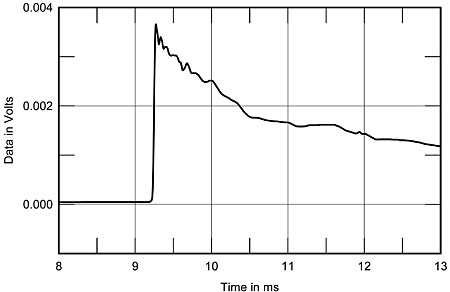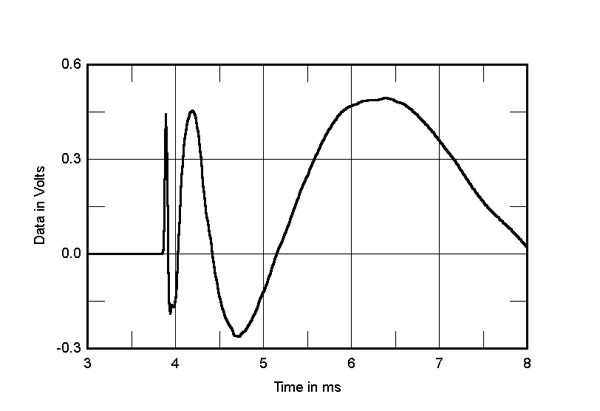Yes, but what's "ideal"? To go back to loudspeakers, for instance, one theory is that they should be time coherent, that all components of the waveform should arrive at your ear (or the measuring microphone) at the same time. This was something proposed by John Dunlavy, in particular, and it's a design philosophy he put into his speakers. And the measurements
show that his designs worked in this regard: "Look at the SC-IV's step response in fig.4. Pretty ideal—the outputs of all the drive-units arrive at the microphone at pretty much the same time. This, by definition,
is time coherence. As a result, the SC-IV is one of the only two loudspeakers I've encountered that can produce a good squarewave shape."
Conversely, Toole and Olive believe that time coherence is irrelevant. If you measure the step response of a Revel speaker designed to their philosophy you get a totally incoherent response: "Turning to the time domain, the F228Be's step response on the tweeter axis (fig.7) indicates that all of its drive-units are connected in positive acoustic polarity, with the tweeter's output arriving at the microphone before the midrange unit's, which in turn arrives before that of the woofers."
So now if you're going to say that the ideal is to reproduce everything with no distortions, then it's obvious that Dunlavy is correct, right? The difference is very measurable in really obvious-to-see ways.
But in fact, Toole and Olive's research shows that time coherence doesn't matter. It doesn't predict listener preference, and the human ear appears to be totally insensitive to it. Stereophile continues to collect this measurement for all the speakers it measures, and there are manufacturers who continue to optimize their designs for it, but the best evidence we have -- that is, blind preference tests, done in statistically significant numbers -- shows that it doesn't matter.
Which again is the very core of my argument: Measurement without a theory behind it can mislead as easily as it can illuminate. If you don't have a coherent theory of which measurements matter, at what levels, and the blind test data to back that up, you can't really present a meaningful set of measurements except by coincidence. Even if you're going for "accuracy."
But, while you or I may not be interested in preferences of others, that's not true of everyone else. Floyd, et al, did in fact measure subjective preference through blind testing. And found common patterns. That's useful information, and something worth studying further, for example to determine the source of such preferences. Or to find other populations that may not share the same preferences. All of this is information that can feed into further discoveries about how we hear what we hear. After all, this is how science works.


